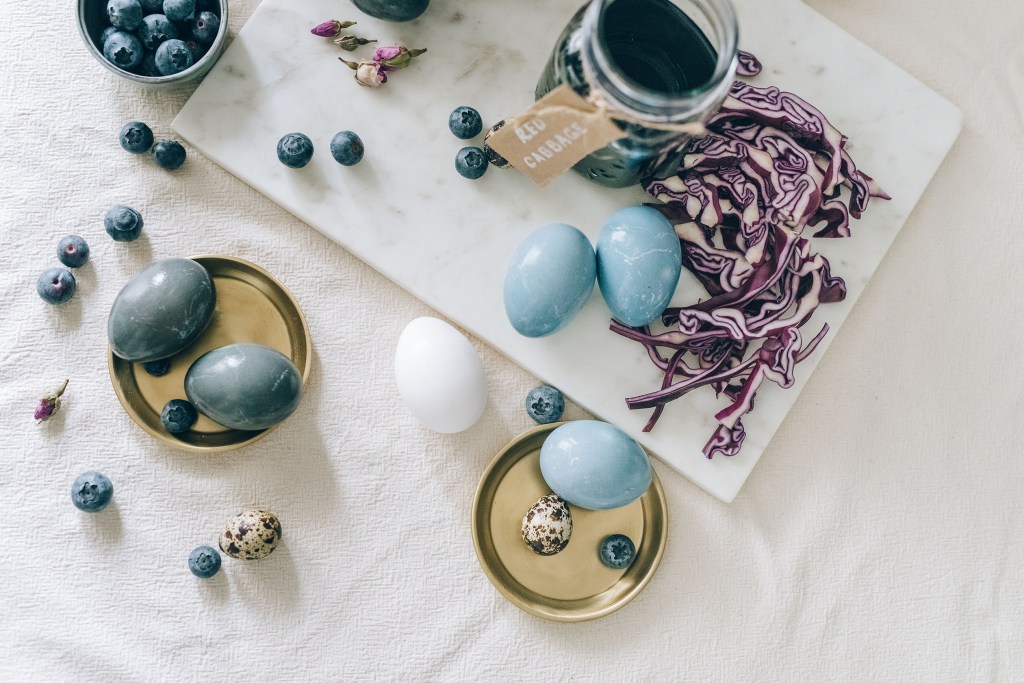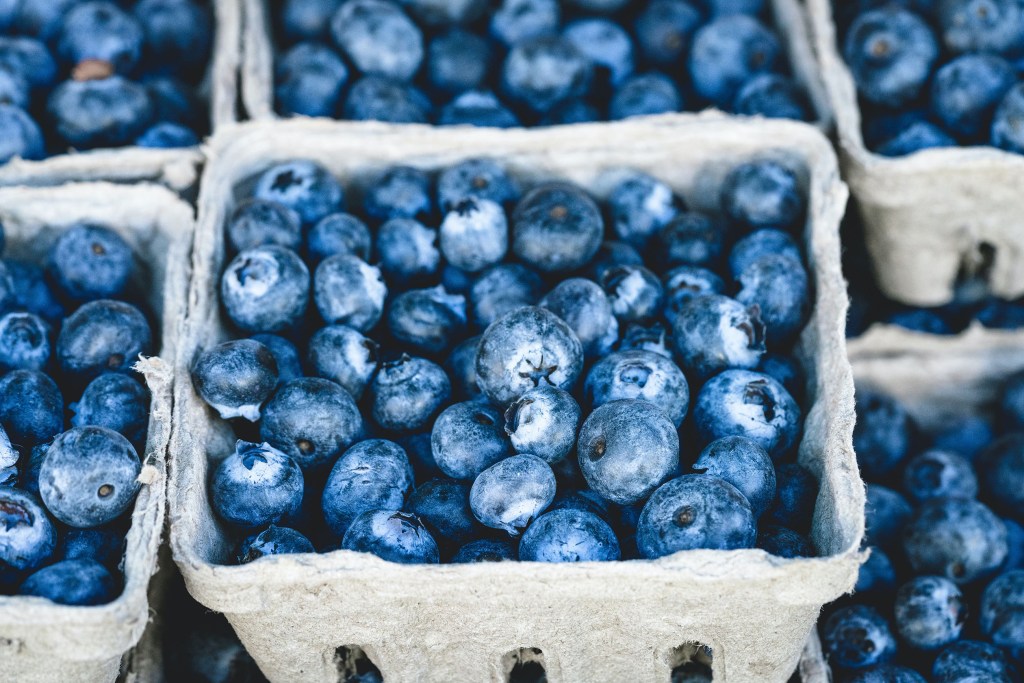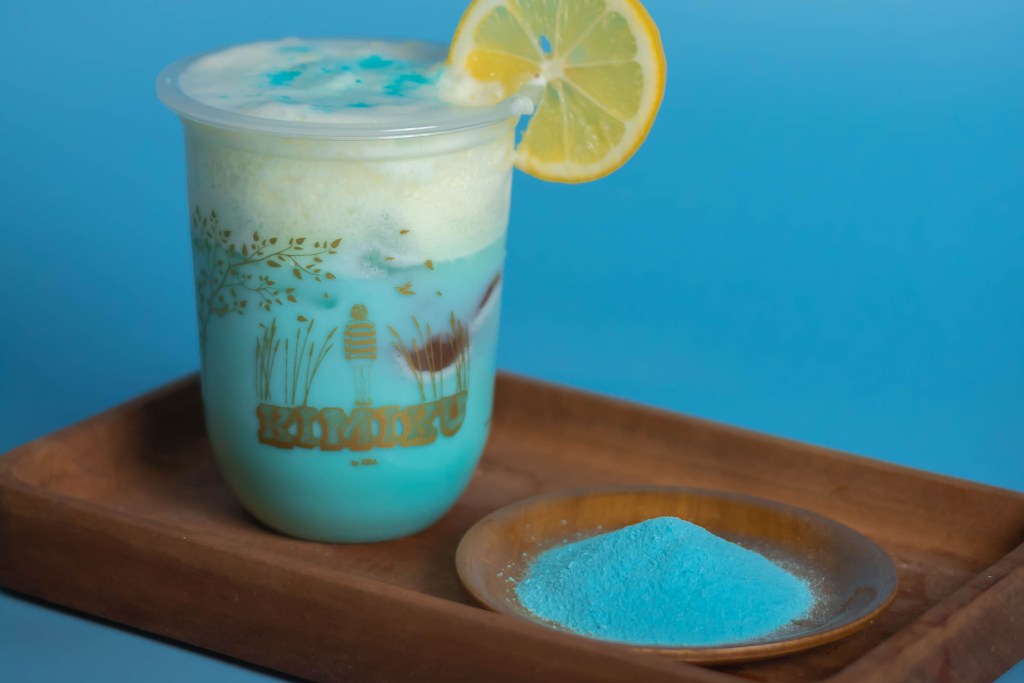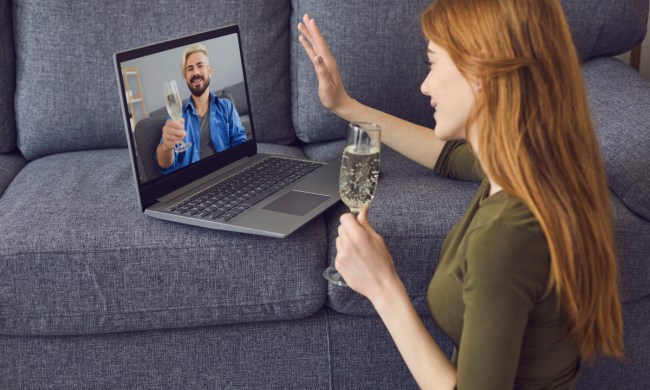Using food coloring is a fun and creative way to spice up your cooking and baking. You can color frosting for cupcakes, make a colorful cocktail, or dye eggs at Easter. While food dye has many uses, questions remain about its safety. Artificial food coloring can cause allergic reactions and hyperactivity in children and may even lead to a higher risk of cancer, though more research is needed. Thankfully, natural dyes are a safe and easy-to-make alternative.
Most natural dyes are made from fruits, vegetables, and other plant life. The next time you’re walking through the grocery store’s produce section, look at all the colors around you. You’ll see leafy greens, red tomatoes and strawberries, but few blue foods. The natural world of food does an incredible job of presenting all the colors of the rainbow. But the chemical that causes blue pigmentation is rare in nature.
To make your own natural blue food dye, it’s key to know where to look. Keep reading to learn how to turn food blue using items you can commonly find at the grocery store.

Red cabbage
Red cabbage — yes, red — is one of the vegetables most commonly used to make blue food coloring, as it produces the truest blue color. Plus, the taste is neutral, making it an excellent replacement for meals and desserts alike. To transform this veggie into food dye, begin by chopping about a quarter of a head of red cabbage. Add the cabbage to a saucepan with one cup of water and bring to a boil. Reduce the heat to low and simmer for 20 minutes. Strain out and discard the cabbage pieces. Stir in one teaspoon of baking soda into the purple-y liquid, and it will turn blue! Boil the liquid again until it reduces to about half of its original volume. The longer you boil it, the deeper and more intense the blue will be. Once it cool, you can start using your blue dye.

Blueberries
Though blueberries appear a deep, dark blue on the outside, its purple juice produces a delicate and light blue when made into a dye. If you only need a little coloring, put a few blueberries in a piece of cheesecloth and squeeze the juice out. To make more juice, whir the berries in a blender or food processer and strain the pulp. You can use fresh or frozen blueberries, though fresh ones will make a more delicate but bluer shade. To make the hue a more intense, more purple color, boil the juice down to about half its volume.
Butterfly pea flower tea
If you want to create an indigo/cobalt-colored dye and don’t mind the subtle floral flavor of tea, try using butterfly pea flower tea. The strong blue color of the butterfly pea flower comes out when you add boiling water and make it into tea. This is why it’s often used to color cocktails and lattes. People also incorporate this tea into cooking. You can use it as an ingredient in any recipe that is enhanced by tea. Try adding it to a tea cake to make it naturally blue. Or, you can cook rice it butterfly pea flower tea for a kid-friendly and naturally blue dish.

Blue Majik spirulina
To create a sky blue dye, consider using Blue Majik spirulina. Spirulina is a microalga that is typically green. However, the Blue Majik type has a natural electric blue hue. This spirulina is sold as a dark blue powder that is simple to add to your favorite recipes without many alterations. And a little bit goes a long way; the color is super concentrated, so you only need a small scoop to transform your meal completely. Try adding this powder to pancake batter or a smoothie to brighten your breakfast and start the day off right.
With natural blue food dye, you can take any bland meal and change it into a fun and creative food. Decorate desserts with red cabbage-dyed icing, make electric blue butterfly pea flower tea rice, or blend an Instagram-worthy smoothie with Blue Majik spirulina. There are so many unique and delicious dishes you can make with homemade blue food coloring. Ditch your artificial blues for natural dyes and take full advantage of the colors mother nature has created.
BlissMark provides information regarding health, wellness, and beauty. The information within this article is not intended to be medical advice. Before starting any diet or exercise routine, consult your physician. If you don’t have a primary care physician, the United States Health & Human Services department has a free online tool that can help you locate a clinic in your area. We are not medical professionals, have not verified or vetted any programs, and in no way intend our content to be anything more than informative and inspiring.



